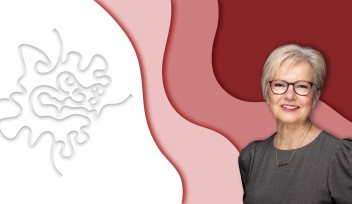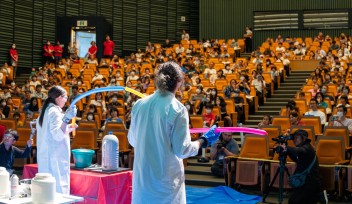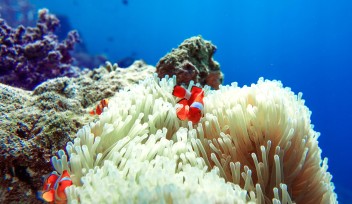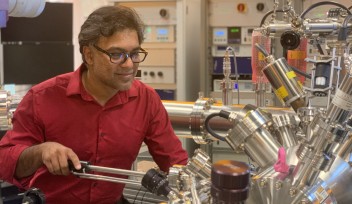2023 in review: Leaping ahead
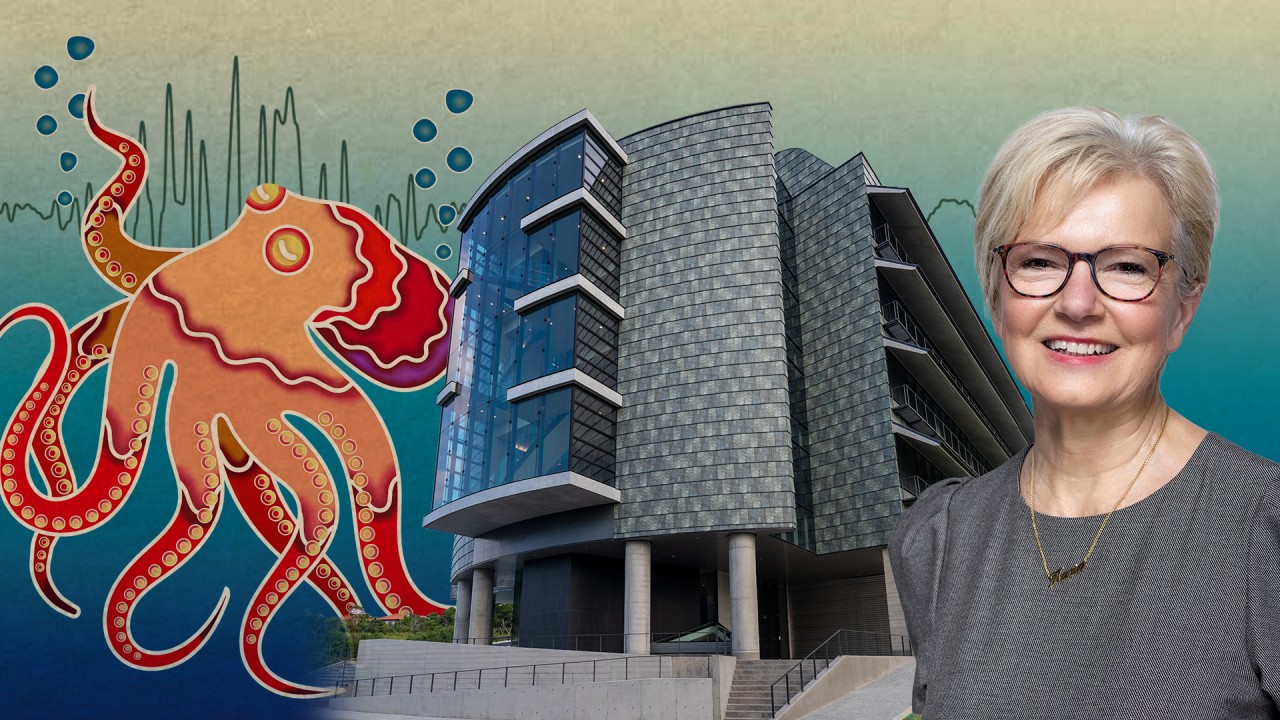
2023 was a keystone year for OIST. A new lab opened, a new president was appointed, and new faculty have brought the total number of professors at Okinawa Institute of Science and Technology (OIST) to above 90. 2023 was also the first year after the COVID-19 pandemic where the doors to OIST could open to visitors – more than a thousand guests came to the Science Festival, and the number of campus visitors have begun their steady rise back towards pre-pandemic levels, and beyond. The outreach program and activities have also come back to firmly situate OIST in Okinawa, bringing in an almost constant stream of guests and school students, and putting OIST scientists all over the prefecture to showcase what we do.
And finally, OIST research has reached far and wide, in both scientific and popular press, with the public now knowing more about quantum engines, sleeping octopuses, new treatments of various diseases, and much, much more.

5 memorable OIST events in 2023
OIST was a hub of activity in 2023, with a diverse range of events that left a lasting impression. Here are some examples of the most significant events that took place this year.
- OIST Science Festival 2023
Our researchers convey the appeal of science to Okinawan children and adults alike through curiosity and wonder, in-person for the first time since the pandemic.
- Onna × OIST Children's School of Sciences
Though it’s the 13th iteration of summer Children’s School of Science, this year was marked by the end of a three-year hiatus from bringing young students to OIST and allowing about 130 children to experience science at a level beyond school curricula and be inspired by the work we do at OIST.
- New OIST building with open, modern design to help promote interdisciplinary research
Lab 5 has an extensive atrium space, an amphitheater and state-of the art vivarium facility.
- Nobel prize laureate Svante Pääbo held a series of lectures in Okinawa on September 10 in Naha and October 7 on OIST
The lectures and Q&A drew in large numbers of interested people.
- Inaugural gathering at OIST promotes collaboration in the field of asymptotics
Theoretical Sciences Visiting Program (TSVP) hosts first ‘thematic program’ bridging mathematics and theoretical physics.
5 notable members of the OIST community in 2023
Breaking barriers and making science accessible to all – this year, we saw some remarkable individuals doing great work to lift not just our community here at OIST, but the state of science worldwide.
- Prof. Paola Laurino co-founds the Rosalind Franklin Forum for Female Scientists (Roz)
Roz sets out to build confidence, access, inclusivity, and opportunities for female scientists across the world through an open forum, with advice from senior female scientists and a worldwide network of likeminded people. -
Prof. Keshav Dani wins the Falling Walls Science Breakthrough in Physical Sciences
Due to his breakthrough discovery in imaging dark excitons, Prof. Dani was one of the ten winners in Falling Walls Science Breakthrough, awarded for outstanding achievements in science that foster collaborative solutions to today’s challenges. -
Dr. Karin Markides took office as president of OIST
This year, OIST saw a change in leadership, with Dr. Markides joining OIST. She has vowed to continue building up the collaborative spirit at OIST, between researchers and between science and society. -
Prof. Hiroaki Kitano elected member of UN High-level advisory body on AI
The body works towards making AI work for humanity and features 38 experts from 33 countries. Professor Kitano has been appointed co-chair of one of the working groups in the body. -
Rio Kashimoto, PhD student at OIST, receives 2023 Zoological Science Award
Kashimoto, who is a student in the Marine Eco-Evo-Devo Unit (Prof. Vincent Laudet), was first author on the paper, which was selected among five others by the Zoological Society of Japan Board of Directors to receive the prestigious award.
Top 5 most read research articles published in 2023
From REM sleep in octopuses to the potential for new energy from quantum physics and fluid dynamics, there was plenty to see this year in all fields. Here are some of the most viewed OIST research releases from this year.
- Potential treatment of autoimmune diseases revealed in new study
Scientists have uncovered a chemical compound that holds potential as a therapeutical for various autoimmune diseases, and they’ve used it to treat mice.
- What makes a neural network remember?
By modifying a classical neural network, researchers have introduced a new model inspired by recent biological findings which shows improved memory performance.
- Octopus sleep is surprisingly similar to humans and contains a wake-like stage
Like humans, octopuses transition between two sleep stages – a quiet stage and an active stage that resembles REM sleep in mammals. But could this mean that octopuses dream?
- Powering the Quantum Revolution: Quantum Engines on the Horizon
Scientists unveil exciting possibilities for the development of highly efficient quantum devices.
- Inhaled ethanol may treat respiratory infections and stop pandemics
In mice, the treatment decreased infections caused by the Influenza A virus.
These are the top 5 most read research article in Japanese:
- Powering the Quantum Revolution: Quantum Engines on the Horizon
- Gut bacteria could be behind weaker immune responses to COVID-19 vaccine
- Potential treatment of autoimmune diseases revealed in new study
- Octopus sleep is surprisingly similar to humans and contains a wake-like stage
- New pumping strategy could slash energy costs of fluid transport by 22%
Top 5 articles that made headlines in 2023
OIST's activities have been featured in a variety of national and international media. Here are five of the most talked-about articles from this year.
- CNN: Ancient jawless fish’s head fossilized in 3D hints at evolution of vertebrate skulls
Prof. Lauren Sallan, exploring the boundaries of marine biodiversity through research on ancient fish at OIST, responded to an interview with CNN.
- Nature: Do octopuses dream? Brain recordings provide the first clues – special video
Accompanied by beautiful footage capturing the ecology of octopuses, OIST’s research on octopus sleep is featured on Nature's YouTube channel.
- Science with Sabine: Scientists in Japan and Germany have worked together to build the first quantum engine
World-renowned podcaster/Youtuber Sabine Hossenfelder introduced the OIST Quantum Systems Unit's work on quantum engines.
- The New York Times: What’s Really Happening When a Cuttlefish Seems to Vanish
The mystery of Cuttlefish's camouflage capabilities has caught the attention of major media outlets around the world.
- The Times of India: Study reveals potential treatment of autoimmune diseases
A major Indian media outlet covered the discovery of a chemical compound that has the potential to be a cure for autoimmune diseases.
OIST also received widespread coverage in Japanese media. Here are 5 notable examples, all in Japanese:
- Nikkei Special Video: "Doctoral Talent is a Catalyst for Society" Interview with OIST President Karin Markides
- Forbes Japan: Superabsorbent Polymers from OIST in Okinawa Free the World's Farmers from Water Shortages
- Newsweek Japan: OIST successfully designs and builds "fuel-free" quantum engine.
- NHK: Human-like Two-Stage Sleep Cycle of Octopus
- Nihon TV: Waratte Koraete OIST Special: University Journey
For press enquiries:
Press Inquiry Form










